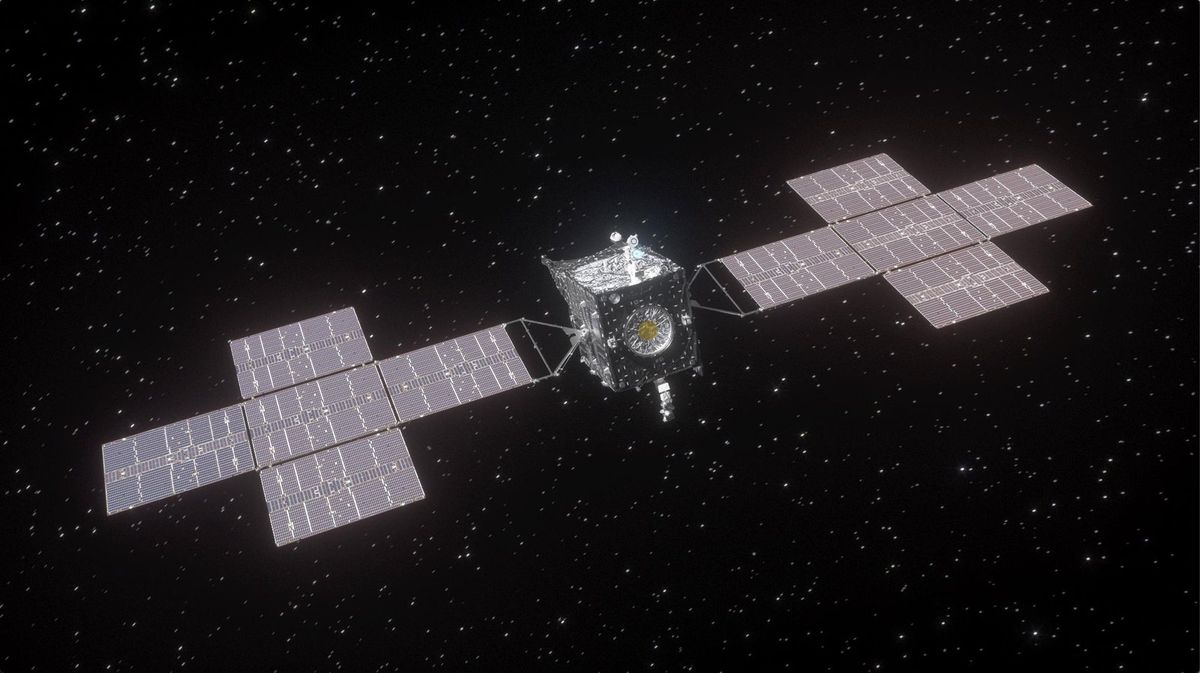The successful firing of a NASA laser was recently conducted in a deep-space test, marking a significant milestone in space communication technology.
On Nov. 14, the NASA team picked up a laser signal from an instrument launched with the Psyche spacecraft, which is currently more than 10 million miles from Earth and on its way to explore a mysterious metal asteroid. This spacecraft is voyaging at a distance 40 times farther than the average distance of Earth’s moon.
This milestone represents the first successful test of NASA’s Deep Space Optical Communications (DSOC) system, which is a next-generation communication link that transmits information through laser light instead of radio waves. This innovative system is part of NASA’s effort to accelerate communications in deep space for various missions.
Related: NASA’s Psyche asteroid mission will test next-gen laser communications in space
Abi Biswas, the project technologist at NASA’s Jet Propulsion Laboratory (JPL) in Southern California, expressed excitement about achieving “first light,” stating that the ground systems successfully detected the deep space laser photons from DSOC. Biswas further mentioned that they were able to exchange ‘bits of light’ to and from deep space, representing a significant leap in space communication technology.
While laser communications have been tested in Earth orbit or on the way to the moon and back, the DSOC system provides the most challenging and distant test to date. If successful, NASA officials anticipate that future astronauts bound for the moon or Mars may utilize laser light for communication with ground control.
This groundbreaking DSOC test commenced at JPL’s Table Mountain Facility in California, where engineers activated an uplink beacon in the form of a near-infrared laser pointed toward the direction of Psyche. Approximately 50 seconds later, Psyche’s transceiver received the laser and relayed its own laser signal back to Palomar Observatory near San Diego.
The precision required for this task is astronomical, and automated guidance systems assist in aiming Psyche’s laser. The potential benefits of successful laser communication are significant, as the use of optical light would allow space missions to transmit 10 to 100 times more information per unit time than current radio wave technology.
The Nov. 14 test served as the “first light” for DSOC, and engineers will continue to test the system as Psyche journeys to its target asteroid, located in the asteroid belt between Mars and Jupiter. Psyche is expected to arrive in 2029, where it will spend 29 months surveying the enigmatic metallic world.


